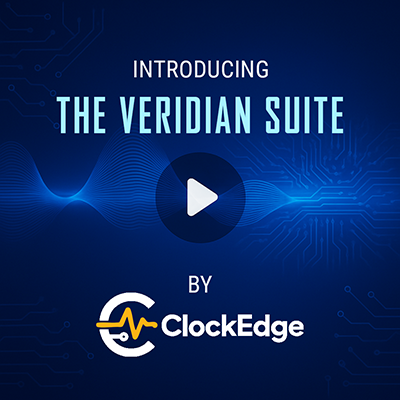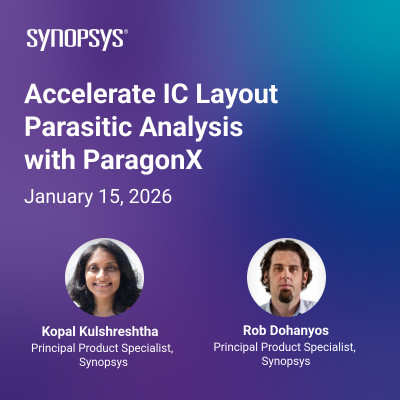Arteris IP and Magillem recently tied the knot, creating a merger of Network-on-Chip (NoC) and related Intellectual Property (IP) with a platform known for IP-XACT based SoC integration and related support. This is interesting to me because I’m familiar with products and people in both companies. I talked to Kurt Shuler, vice… Read More
Author: Bernard Murphy
Happy Birthday UVM! A Very Grown-Up 10-Year-Old
.The UVM standard was first released by Accellera 10 years ago this month and is now by far the leading methodology for functionally verifying logic designs, especially at the block level. As I write, DVCon fast approaches so I talked to Tom Fitzpatrick, Verification Technologist at Siemens EDA (Mentor Graphics) for a perspective.… Read More
A New ML Application, in Formal Regressions
Machine learning (ML) is a once-in-a-generation innovation that seems like it should be applicable almost everywhere. It’s certainly revolutionized automotive safety, radiology and many other domains. In our neck of the woods, SoC implementation is advancing through learning to reduce total negative slacks and better optimize… Read More
Pitching Without a Net. Look Ma, No Slides!
It’s a given in the business world that whenever you need to communicate to a group you need a slide deck. Yet we vigorously agree that most pitches are miserably bad, for all the usual reasons. All about the presenter’s product, not audience needs. A firehose of technical detail designed to drown any possible objection. A script … Read More
Change Management for Functional Safety
By now we’re pretty familiar with the requirements ISO 26262 places on development for automotive safety. The process, procedures and metrics you will apply to meet various automotive safety integrity levels (ASIL). You need to train organizations. In fact you should establish a safety culture across the whole company or line… Read More
2020 Retrospective. Innovation in Verification
Paul Cunningham (GM, Verification at Cadence), Jim Hogan and I launched our series on Innovation in Verification at the beginning of last year. We wanted to explore basic innovations and new directions researchers are taking for hardware and system verification. Even we were surprised to find how rich a seam we had tapped. We plan… Read More
CDC, Low Power Verification. Mentor and Cypress Perspective
Clock domain crossing (CDC) analysis is unavoidable in any modern SoC design and is challenging enough to verify in its own right. CDC plus low power management adds more excitement to your verification task. I wrote on this topic for another solution provider last year. This time I want to intro an interesting twist on the problem,… Read More
ESL Expertise when You Need It. Spinning Up Faster
System-level expertise, once the domain a few architecture specialists, is now shouldering its way everywhere into chip design and verification. In virtual modeling together with OS and application software certainly. That now couples into mixed-level system-verification, using different levels of abstraction for different… Read More
The Heart of Trust in the Cloud. Hardware Security IP
You might think that cloud services run on never-ending racks of servers and switches in giant datacenters. But what they really run on is trust. Trust that your data (or your client’s data) is absolutely tamper-proof inside that datacenter. Significantly more secure than it would be if you tried to manage the same operations in… Read More
An Accellera Update. COVID Accelerates Progress
Normally I would post this Accellera update during DVCon US but, no surprise, this year is weird. Particularly in conferences going virtual. The last DVCon was in early March of this year, right on the cusp of the shutdown. I was there in person, as was Lu Dai (Chairman of Accellera). Both Synopsys and Cadence had dropped out, citing… Read More





















Quantum Computing Technologies and Challenges